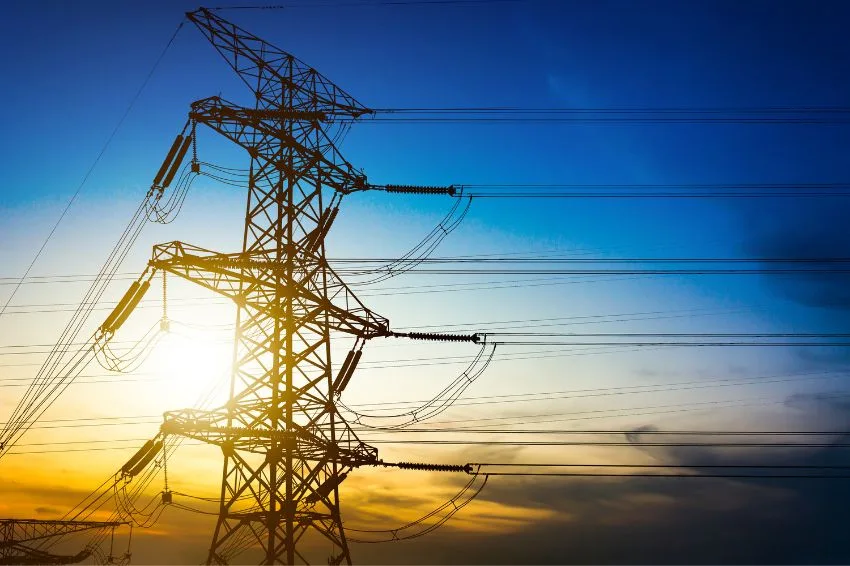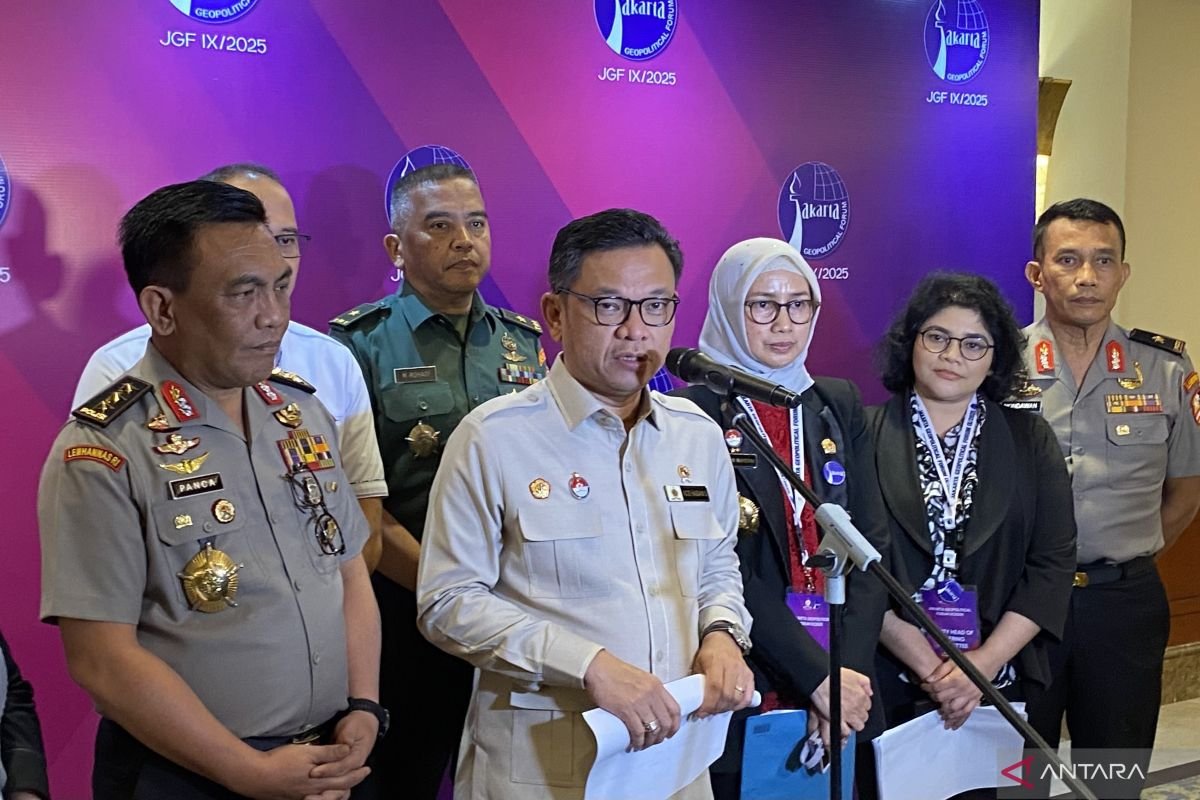On June 18, 2025, Brazil’s Ministry of Mines and Energy (MME) introduced Normative Ordinance No. 111/2025, which sets forth guidelines to promote the digitalization of low-voltage electricity distribution networks. This initiative aligns with Brazil’s ongoing efforts to modernize its electricity sector, focusing on energy transition, market liberalization, and technological advancements.
The ordinance aims for a complete digitalization of the energy distribution system by 2035. It builds upon Decree No. 12.068/2024, which grants the MME authority to establish such guidelines, while also reflecting principles from Law No. 9.074/1995 and recent discussions about expanding the energy market to low-voltage consumers.
Key aspects of the ordinance include the establishment of principles such as equality, transparency, cybersecurity, and tariff moderation. It mandates open application programming interfaces (APIs) for consumer and market data, ensuring compliance with the General Data Protection Law (LGPD). The ordinance promotes innovation and new business models, potentially allowing new entrants into the energy services sector. Furthermore, it provides regulatory certainty by requiring a cost-benefit analysis before implementing new metering technologies, preventing arbitrary tariff increases.
However, the ordinance also presents several challenges. For instance, the introduction of remote power disconnection and reconnection features may lead to legal disputes unless accompanied by protections for vulnerable consumers. There is a risk of excessive costs being passed onto end users, especially those from low-income backgrounds. Additionally, while the ordinance specifies security requirements, energy distributors must rigorously manage sensitive consumer data to avoid violations of the LGPD, which could result in penalties.
Energy distributors will need to revise contracts with technology providers to include explicit clauses on technical responsibilities, service level agreements (SLAs), interoperability, and compliance with regulations. The detailed implementation of digitalization will depend on future regulations from the National Electric Energy Agency (Aneel), which will address performance metrics, meter ownership, cybersecurity standards, and the cost-benefit analysis process.
Industry stakeholders and consumer advocacy groups should closely monitor Aneel’s forthcoming public consultations. Ordinance No. 111/2025 presents an opportunity to enhance the efficiency and transparency of the distribution system, but it requires coordinated efforts among regulators, utility companies, consumers, and technology providers.
In the coming months, key legal considerations will include: – Ongoing regulatory oversight of the ordinance’s implementation – Modifications to contracts held by distributors – Reevaluation of business models by energy traders and service companies – Analysis of the tariff impacts of digitalization – Development of strategies to mitigate legal risks and protect the industry’s reputation.
The shift towards digital energy distribution is unavoidable, but achieving this transformation in a manner that is inclusive, secure, and legally compliant will be essential for protecting consumer interests.




